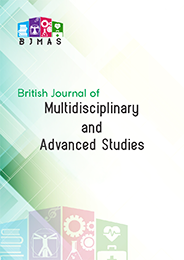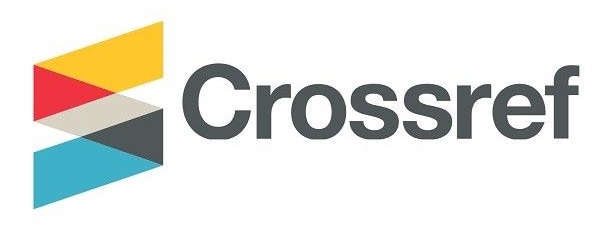Divide your article into clearly defined and numbered sections. Subsections should be numbered
The abstract is not included in section numbering). Use this numbering also for internal cross-referencing: do not just refer to ‘the text’. Any subsection may be given a brief heading. Each heading should appear on its own separate line.
Introduction
State the objectives of the work and provide an adequate background, avoiding a detailed literature survey or a summary of the results.
Material and method
Provide sufficient detail to allow the work to be reproduced. Methods already published should be indicated by a reference: only relevant modifications should be described.
Theory/calculation
A Theory section should extend, not repeat, the background to the article already dealt with in the
Introduction and lay the foundation for further work. In contrast, a Calculation section represents a
Practical development from a theoretical basis.
Results
Results should be clear and concise.
Discussion
This should explore the significance of the results of the work, not repeat them. A combined Results and Discussion section is often appropriate. Avoid extensive citations and discussion of published literature.
Conclusions
The main conclusions of the study may be presented in a short Conclusions section, which may standalone or form a subsection of a Discussion or Results and Discussion section.
Appendices
If there is more than one appendix, they should be identified as A, B,
AUTHOR INFORMATION PACK
Title
Titles are often used in information-retrieval systems. Avoid Abbreviations and formulae where possible.
Author names and affiliations.
Please clearly indicate the given name(s) and family name(s)of each author and check that all names are accurately spelled. Present the authors’ affiliation addresses (where the actual work was done) below the names. Indicate all affiliations with a lower-case superscript letter immediately after the author’s name and in front of the appropriate address. Provide the full postal address of each affiliation, including the country name and, if available, the e-mail address of each author.
Corresponding author.
Clearly indicate who will handle correspondence at all stages of refereeing and publication, also post-publication. Ensure that the e-mail address is given and that contact details are kept up to date by the corresponding author.
Abstract
A concise and factual abstract is required. The abstract should state briefly the purpose of the
Research, the principal results and major conclusions. An abstract is often presented separately from
The article, so it must be able to stand alone. For this reason, References should be avoided, but if
Essential, then cite the author(s) and year(s). Also, non-standard or uncommon abbreviations should
Be avoided, but if essential they must be defined at their first mention in the abstract itself.
Keywords
Immediately after the abstract, provide a maximum of 10 keywords, these keywords will be used for indexing purposes.
Acknowledgements
Collate acknowledgements in a separate section at the end of the article before the references
References
Atkinson, C. J. and Brooks, L. (2005) In the Age of the Humanchine, In Proceedings of International Conference on Information Systems (ICIS), AIS, Las Vegas, USA.
Bryant, C. G. A. and Jary, D. (1991) Giddens’ theory of structuration: a critical appreciation, Routledge, London.
Callon, M. and Latour, B. (1981) Unscrewing the Big Leviathan: how actors macrostructure reality and how sociologists help them to do so, In Advances in Social Theory and Methodology: Toward an Integration of Micro- and Macro-Sociologies.(Eds, Knorr-Cetina, K. D. and Cicoure, A. V.) Routledge and Kegan Paul, Boston, Mass, pp. 277-303.
Penston, J. (2007) Patients’ preferences shed light on the murky world of guideline-based medicine, Journal of Evaluation in Clinical Practice, 13 154-159.










